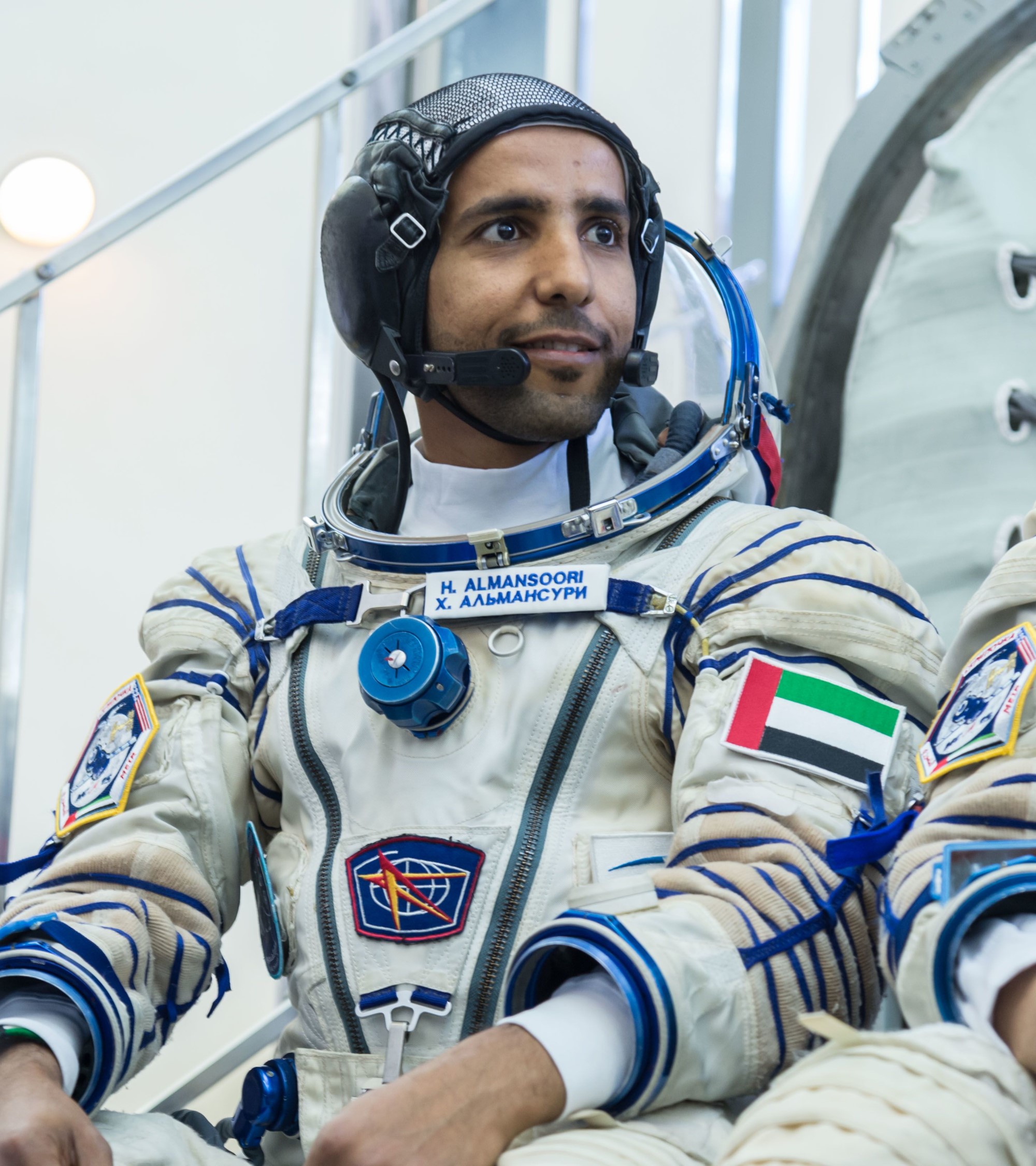My LASIK eye surgery in 2006 changed my life. The morning blur disappeared, I could stop faffing about with contact lenses and could give up my distinctly average glasses. It was literally eye-opening. It seemed for the first time in human history, shooting laser beams directly into your eyes was actually a good idea.
I had no idea until recently that some of the technology in LASIK was originally used to study the effects of weightlessness on an astronaut’s eye movements in space. On further reading, it turned out that insulin pumps, firefighting gear, shock-resistant buildings and artificial limbs have all benefitted remarkably from their technical application in space programs. A new type of asphalt was developed to counter problems with space shuttle landings which is now used on runways and motorways. Space travel fixes potholes.
Here was me thinking the side benefits of the Space Program were just non-stick frying pans and rollerball pens.
In addition to the hard benefits, whatever they were, there was something else really important from the race to space. The way it inspired people.
The moon landing was the most-watched TV moment of its time. That excitement has continued for decades since.
Kids – and adults – rush towards the space suits and landing modules at museums. Buzz Aldrin (who I was lucky enough to meet during our work in the sector in the UAE) gets mobbed wherever he goes. The videos of SpaceX rockets being caught as they land get millions of views and likes.
At Four, we saw this excitement first hand in 2014 when we launched the UAE Space Agency (yes, you read that right: WE LAUNCHED A SPACE AGENCY! I love the Gulf!). It was one of the first steps on the UAE’s journey into space, which led to a probe reaching Mars as the nation celebrated its 50th anniversary.
In a country rightly proud of its many achievements in that half century, getting to Mars really stood out.

The inspiration spilled over beyond national pride. It led to more children choosing STEM subjects; more young people aiming for careers in aviation and aerospace; and, just as with the UAE’s nuclear energy programme, new supply chains of highly advanced manufacturing capabilities.
Future industries do that. They inspire. Space lets us think about new frontiers. Green energy helps us imagine a cleaner planet. AI is letting us consider new ways of working and living.
Our job as communicators is to encourage, harness and utilise that inspiration. We can create movements – bring together stakeholders and audiences under the banner of inspiration to create change: change in policy, change in investment, change in behaviour.
In this series, Inspiring Movements, my colleagues and I are going to look at the ways in which future industries build excitement, inspire populations and act as catalysts for change – not just through the technologies themselves but through the way they change behaviour. We’re going to look at how communications can drive that inspiration to new heights.
My LASIK, unfortunately, did not last forever. Three years ago, I had to go back to glasses. It was good whilst it lasted - and hopefully my new glasses are a bit less distinctly average than before.
What has lasted longer is the inspiration and excitement of space travel. As I write this, Super Heavy is on the launch pad for the next Starship test flight, the latest step on the journey for people to get to Mars. That’s something I’d love to see.
Ray Eglington
Sector lead, future industries
